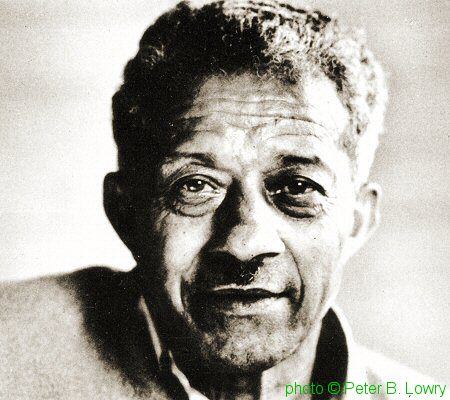WILLIE TRICE
Nacido un 10 de febrero de 1910, Hillsborough, Carolina del Norte, EE.UU., d. 10 de diciembre de 1976, Durham, Carolina del Norte, EE.UU. Los padres de Trice tocaron música y aprendió guitarra de un tío, pero una de sus principales influencias como guitarrista de blues fue Blind Gary Davis. En los años treinta formó una sociedad con su hermano menor, Richard Trice, interpretando el estilo de blues influenciado por el ragtime que prevalecía en las Carolinas en ese momento. En 1937 hizo un disco, con Richard tocando la segunda guitarra, pero puede haber tenido poco éxito ya que no volvió a grabar hasta los años 70. Vivió toda su vida en la misma zona, y siguió tocando música. En su retiro él hizo algunas nuevas grabaciones, y vio un álbum lanzado poco antes de su muerte en la edad de 66.
William Augusta "Willie" Trice (February 10, 1908 – December 11, 1976) was an American blues guitarist, singer, songwriter and record producer. He released two singles and an album, and remained loyal to his birthplace and its preferred blues music styling, often referred to as Piedmont blues, East Coast blues, or more generically country blues.
Trice was born in Chapel Hill, North Carolina, United States, probably in 1908, although some sources quote 1910 or 1911. The family moved to Raleigh by 1920.
Although both of Trice’s parents played music, with his mother playing organ at church functions, and his father working as a music teacher,[3] it was mainly his uncle that taught Willie the rudiments of blues guitar playing. His biggest influence was Reverend Gary Davis aka Blind Gary Davis. In Durham, North Carolina, in the 1930s, alongside his younger brother, Richard Trice, he formed a duo and began playing a ragtime-influenced blues, which was common in the Carolinas in that period. The brothers befriended Blind Boy Fuller in the 1933, and it was this relationship that led to the Trice brothers entering a recording studio.
In July 1937, Trice recorded two sides for Decca Records in New York, with his brother Richard playing second guitar. Issued as being by Welly Trice, the tracks were "Come On In Here Mama" and "Let Her Go God Bless Her". Without any commercial success ensuing, Trice did not record again until the 1970s.However, he was well known for playing locally in the 1930s and 1940s in North Carolina. In the late 1960s, Trice had both of his legs amputated below the knee, due to the effects of diabetes. In 1971, he cut two tracks for Trix Records, which was released as a single the following year with Trice's self-penned numbers, "Three Little Kittens Rag" b/w "One Dime Blues". Between 1971 and December 1973, Trice recorded sufficient material, several of which he wrote himself, to allow Trix to release Trice's self-produced debut album, Blue And Rag'd in 1975. It was re-released on CD twenty years later. In September 1972, Trice was interviewed by Bruce Bastin, as part of the latter's interest in the history of the blues in the Southeastern United States.
Trice lived his whole life in the same area, continuing to play music as time and finances allowed.
Trice died at his home in Durham, North Carolina, in December 1976, at the age of 68. He was interred at Mount Sinai Baptist Church Cemetery, Chapel Hill, North Carolina. His brother, who died in 2000, was buried alongside him.




Comments